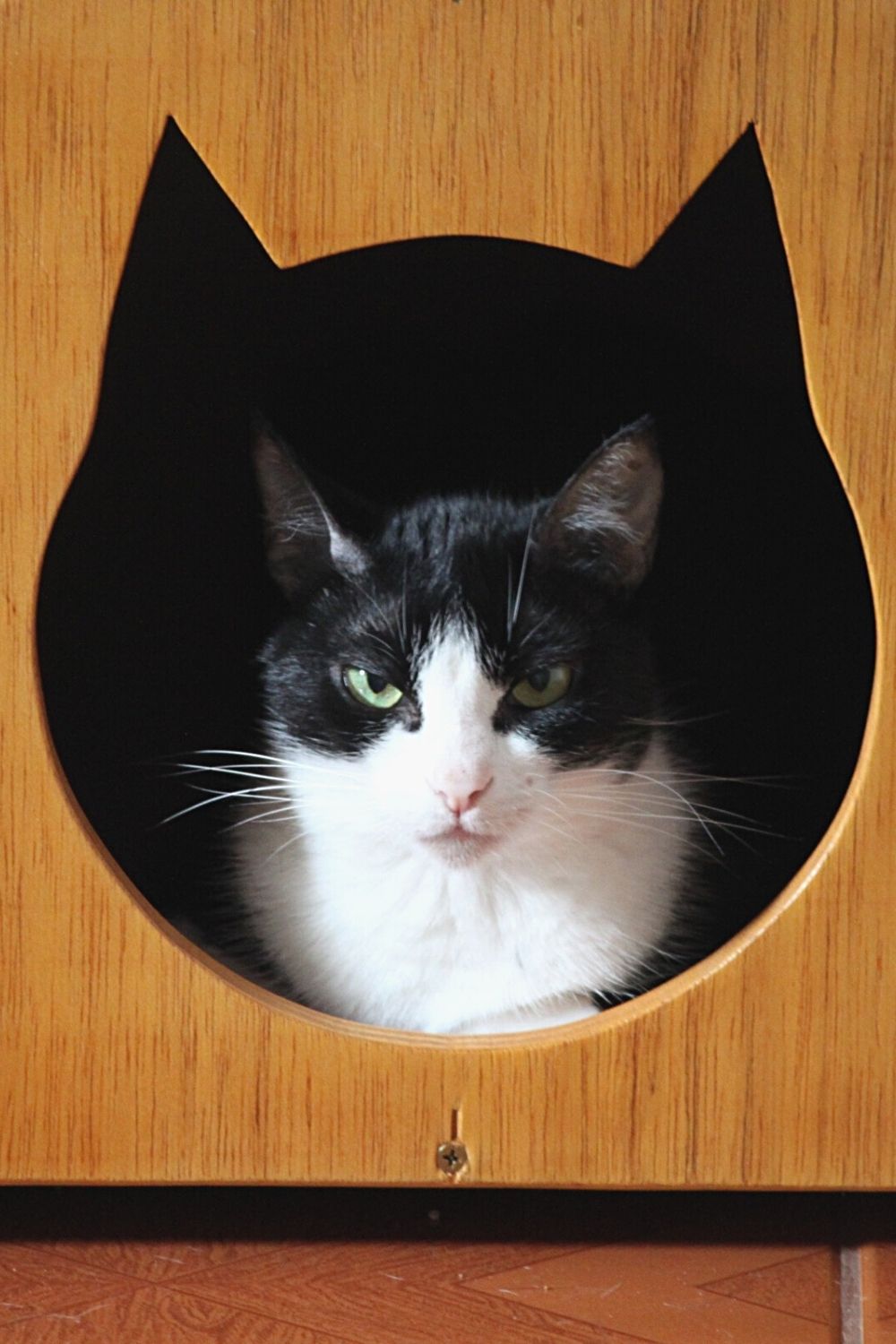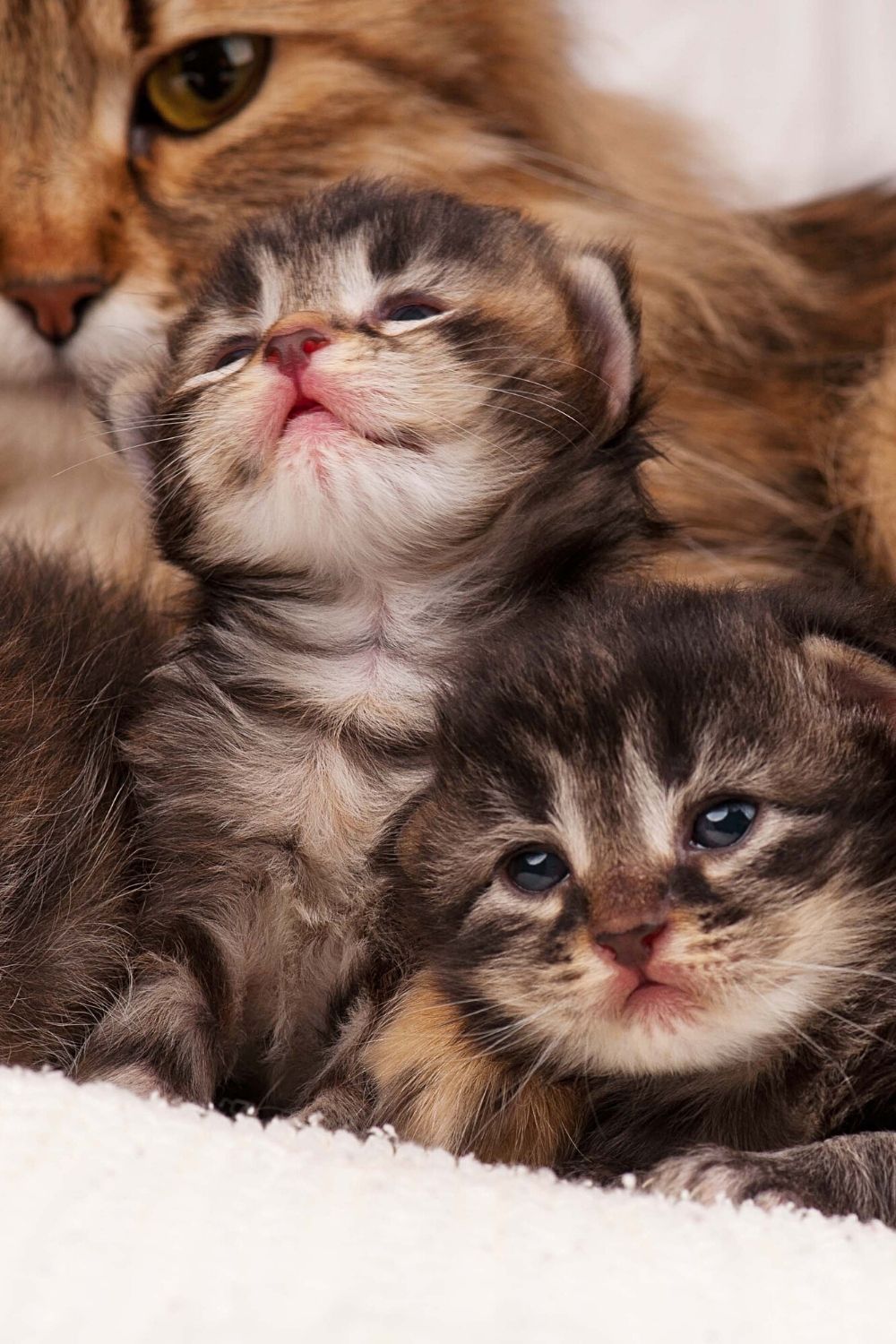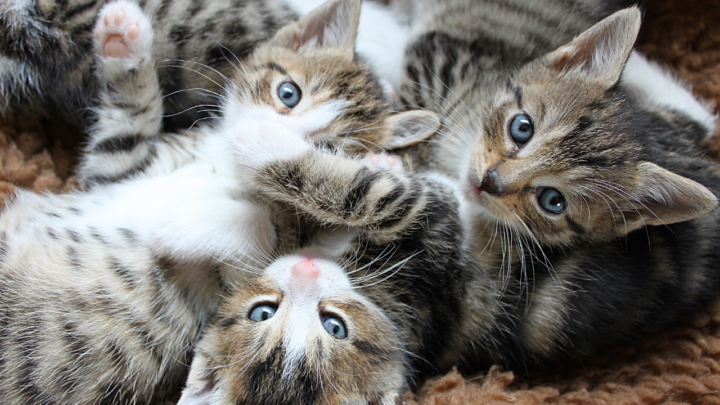25.4% of households in the US own a cat according to the American Veterinary Medical Association. In total there are an estimated 58 million cats living in US households. The average number of cats owned per household is 1.8.
But how many cats are too many?
As a cat-addicted animal lover, I wish the answer to “How many cats are too many” could be, “There’s no such thing as too many.”
Unfortunately, reality bites, and my dream of adopting kittens remains just that.
Still, this isn’t about me, it’s about cats, and how many of them are too many.
The fact is, there’s no magic number that the universe confers on the wise to bless them with some kind of occult knowledge to objectively or intuitively translate ‘enough’ into ‘too many.’
It’s more self-awareness that, in a way, is its own wisdom, the self-awareness, and compassion to understand when ownership has crossed the line from being cat-friendly to cat-unhealthy.
Speaking of objectivity, let’s understand that it’s not all about feelings. There are legal aspects to consider; severe legal issues that could lead to financial and other unpleasant consequences.
So, while for some pet homeowners, “too many” means two cats, and for others, it might mean as many as the number of lives a cat has, all this becomes irrelevant in the eyes of the municipal and contract (landlord/tenant) law.
How Many Cats Are Too Many?
More than 5 cats are too many. Most cities limit you to fewer than 5 cats, but this can vary between towns. Los Angeles limits households to just 5 cats. In many cities and municipalities, having 6 or more cats classifies the occupied space as a ‘kennel,’ placing stricter regulations and obligations on the occupant(s) on zoning.

How Many Cats Are Too Many
Legal Considerations in Owning Several Cats
There are local ordinances that will definitely impact the number of cats you can legally keep at home – and bear in mind that there are over nineteen thousand such ordinances across America!
In general, municipalities set a limit of between two and five cats per household.

In most municipalities, 2 up to 5 cats are allowed to live in each household
To give you an idea of how this works, here is a random selection of such constraints:
- In Atlanta: Atlanta, residents can keep no more than six pets combined. This limitation applies to cats and dogs only, so goldfish are off the hook.
- In Dallas, townhomes and apartments can house four cats.
- In Los Angeles, home occupiers are allowed to have five cats but to lower the rate of sheltering leading to euthanasia, the city will permit residents to keep more cats at additional cost. The fly in the ointment here is that the costs are pretty steep, and I wouldn’t have thought that most people could manage them for any length of time.
- In Nevada’s Washoe County, the law restricts ordinary homes to three dogs and seven cats.
Note: Please ensure you consult your local and residential by-laws for further information on any of the foregoing.
You can call your city hall and also speak to either your landlord or estate agent.
Legally, What is a Kennel, and What It Means for a Cat Owner
If you have more pets (cats and/or dogs) over your municipality’s legal limit, then basically, you’re operating a kennel.

If you exceed the legal limit for the number of cats you can take care of, you’re already operating a kennel
You may roll the dice and gamble that you won’t become a cropper of the law, and I imagine many people get away with it, but it’s a rather silly and unnecessary crime to be convicted of.
To qualify to run a kennel, you’re looking at about $100 per year for each extra animal over the statutory limit, which can amount to quite a tidy little sum.
You will also face an annual inspection to ensure that your animals live in healthy and sanitary conditions.

If you operate a kennel, you’ll face annual inspections to ensure your cats are living in healthy and sanitary conditions
You might also find that you cannot run a kennel in a residential area anyway. Many cities across the country zone kennels to industrial areas only.
If you had to sign off on an agreement with an HOA (home owners’ association), there might be even more stringent constrictions on how many pets you can have, even to the point of not permitting any pets (again, we’re talking cats and dogs here, not corn snakes or gerbils).
HOA agreements are enforced by local law, so there’s no fighting them. You signed off on it; you have to respect it, that’s all.
The Legal Niceties of Owning Kittens vs. Owning Cats
If you’re examining your city’s or county’s extensive animal ordinances, there’s a common and consistent theme: the language always refers to the animal’s age.
Most municipalities only start counting pets older than six months. Otherwise, it would be pretty nonsensical to require residents to register as kennels simply because their tabby has become a mommy to a litter of six kittens.

Most municipalities exempt kittens in counting the number of cats per household
The six-month boundary benefits the cats themselves as it allows ample opportunity for mothers to wet nurse their newborns and for mothers and the newborns themselves to bond.
Zoologists and other animal-behavior experts claim that the optimum time for a kitten to spend socializing amongst littermates is 12 weeks.
(Foster cats you bring in to help with the kittens don’t break the law, so you should be alright there. But again, I must stress, check your local ordinances and all relevant contracts.)
It Costs Money to Have that Little Furball Ignore You
A little extra ball of fluff skittering across the hallway, in my opinion, brings joy to the hearts of all but the coldest of individuals.
However, not to be a major downer on your dream of fetching a dreamy little bundle of joy into your life, there is the mercenary business of money, of hard, cold, filthy lucre.
To avoid heartache, you’ve got to be absolutely certain that you can afford the expense of looking after that sassy creature that will stare at you disdainfully and ignore you with a contemptuous sniff.
Here is what each cat is estimated to cost per year:
Category – Cost
Food – $100 – $200
Extras (litter boxes, bowls, brushes, etc.) – $20
Litter – $200 – $250
Medical – $50 – $100
Toys – $20 – $100
Vaccinations – $10 – $100
Vet Fees – $50 – $100
Total$430 – $870
Note that the figures above don’t include microchipping, cost of adoption, vet emergencies, or medical procedures that pop up nowhere.
If you can’t comfortably stump up a grand per cat, let alone a Persian cat, per year, I see volunteering at a local shelter in your future.
Better still, they actually need your help there; you’ll be doing a power of good in the cat world.
How Many Cats Can you Desperately Know and Love as an Individual
So if you’re a bonkers cat lady living in a humongous, echoing, horror-movie-type empty house, should you then have dozens of cats in the low one hundred?
Well, of course not! Just because the cats have space to run amok in doesn’t mean they will be well looked after.
Crowded or not, cats need love and attention (the latter strictly on their own terms), and I put it to you that neither you nor anyone else can provide that individual loving care to so many cats.
Afterword: How Many Cats are Too Many?
The type of person you are, your personal circumstances, and the resources at your disposal will all weigh heavily on the number of cats you choose to home.
The truly critical thing to remember at all times – and hopefully this barely needs saying – is that the welfare of the cats must come first.
Furthermore, as explained earlier, legal ramifications will also influence your decision.
In the end, too many cats are determined by law, common sense, and decency.


